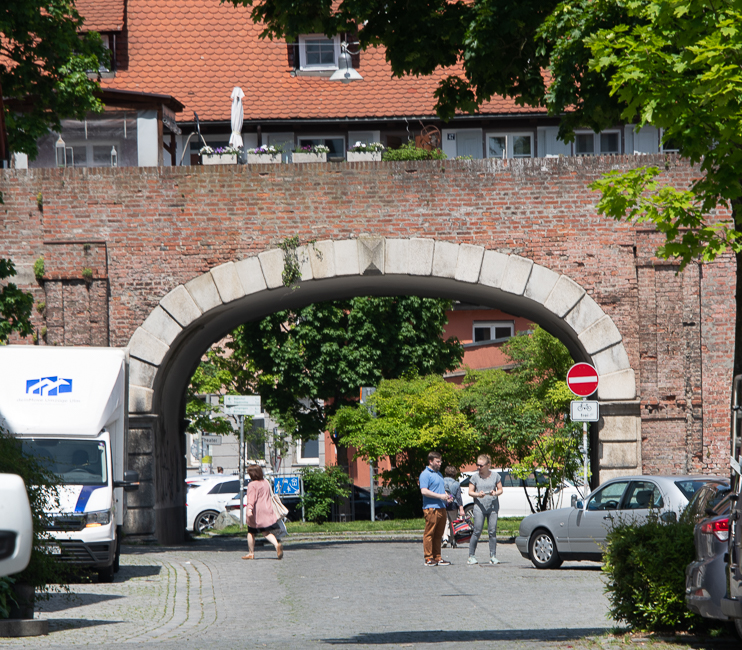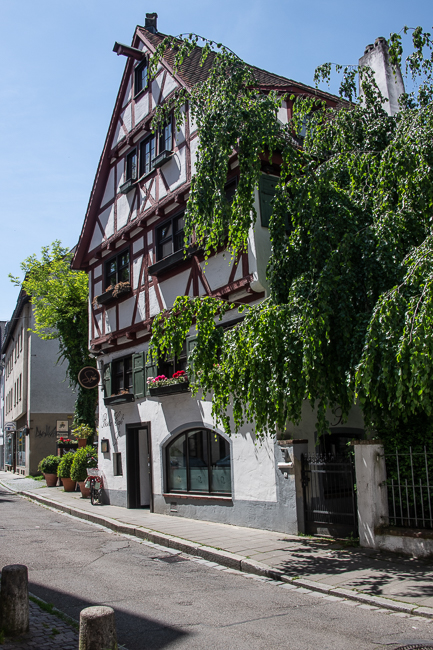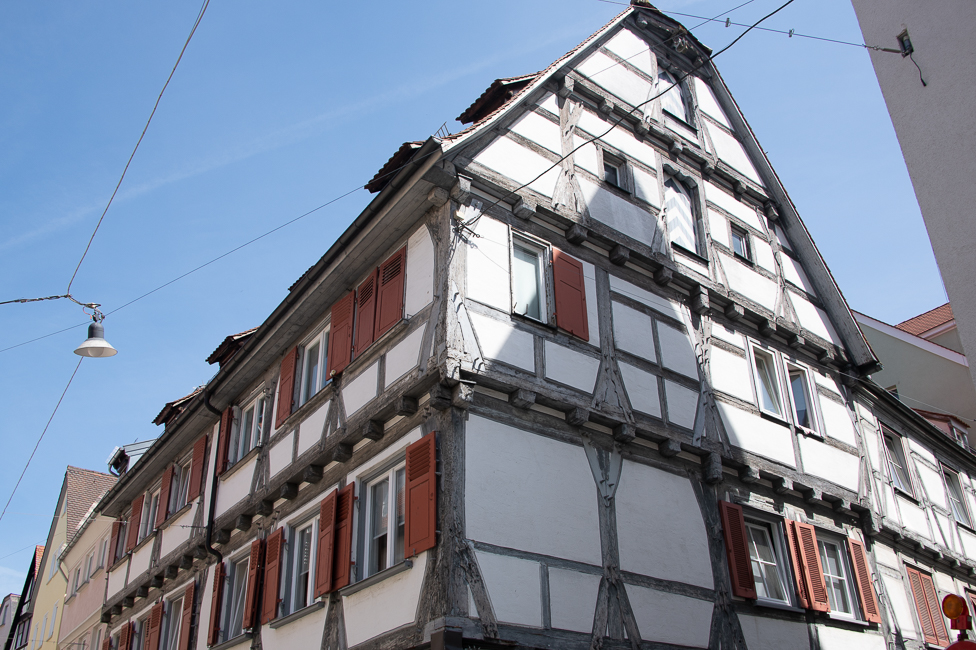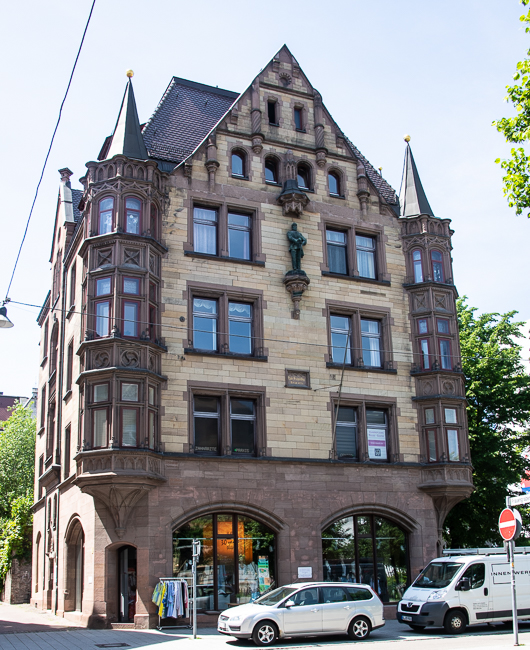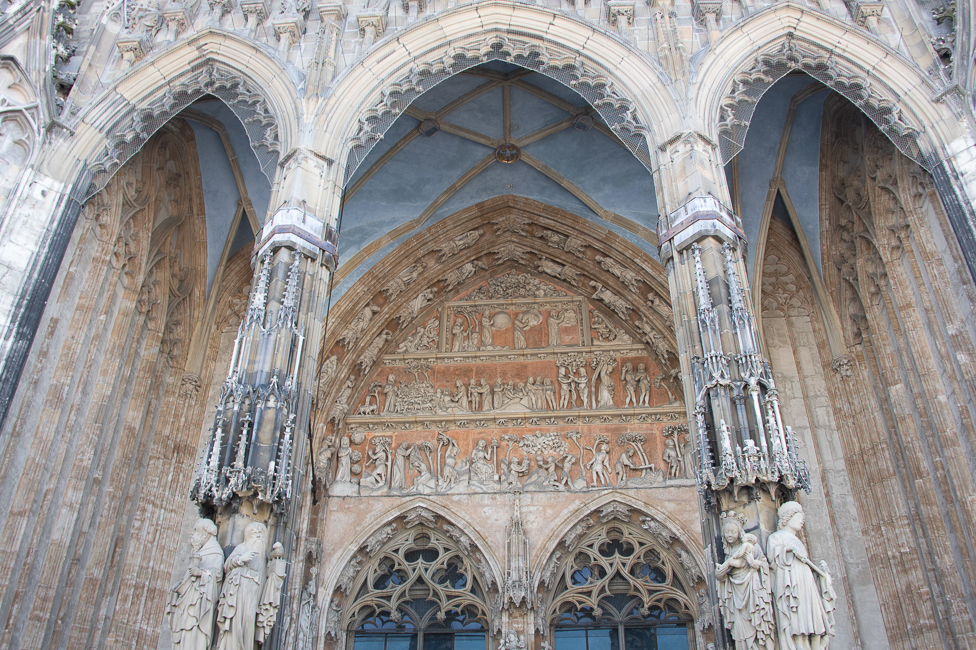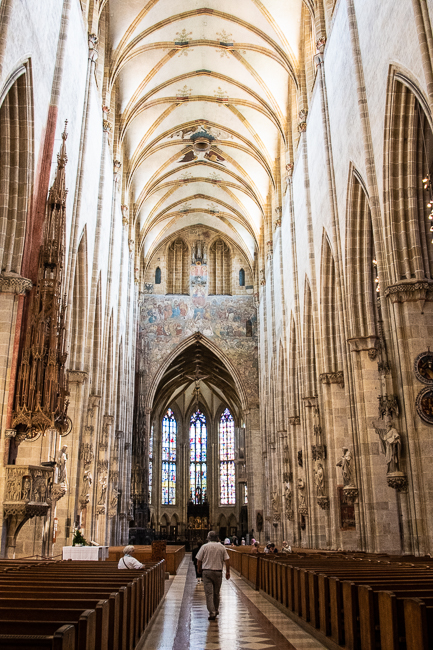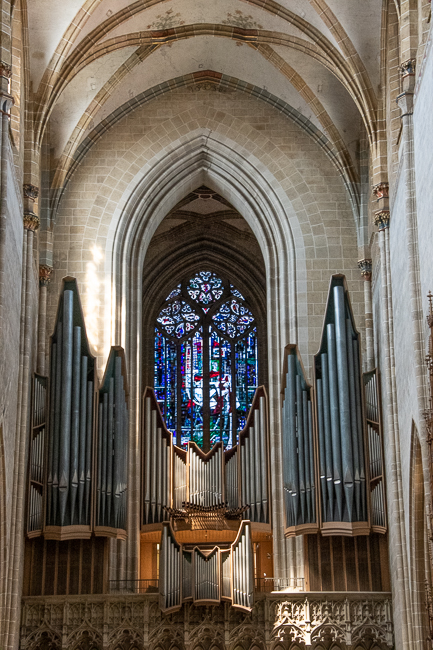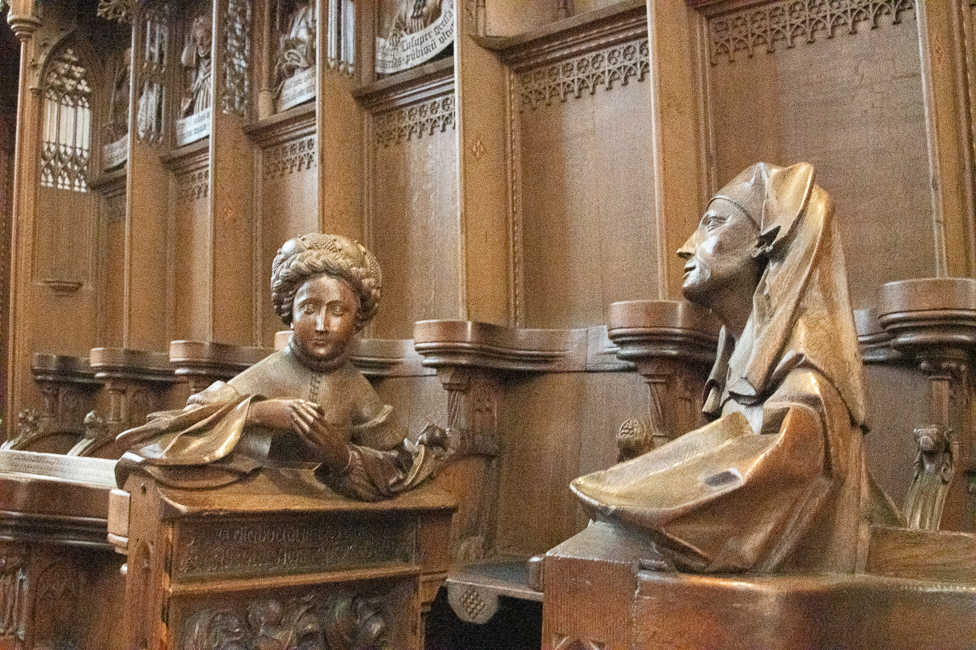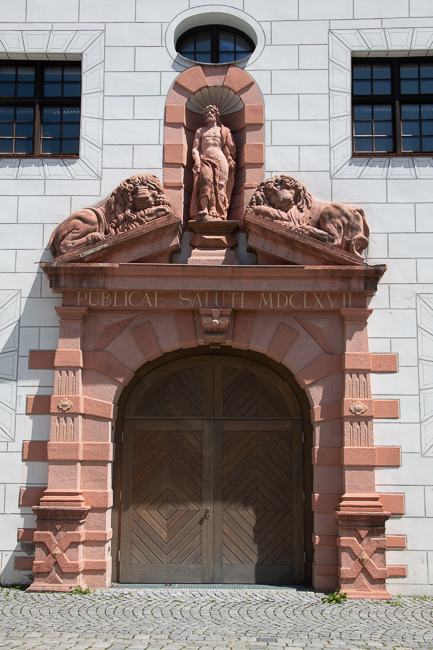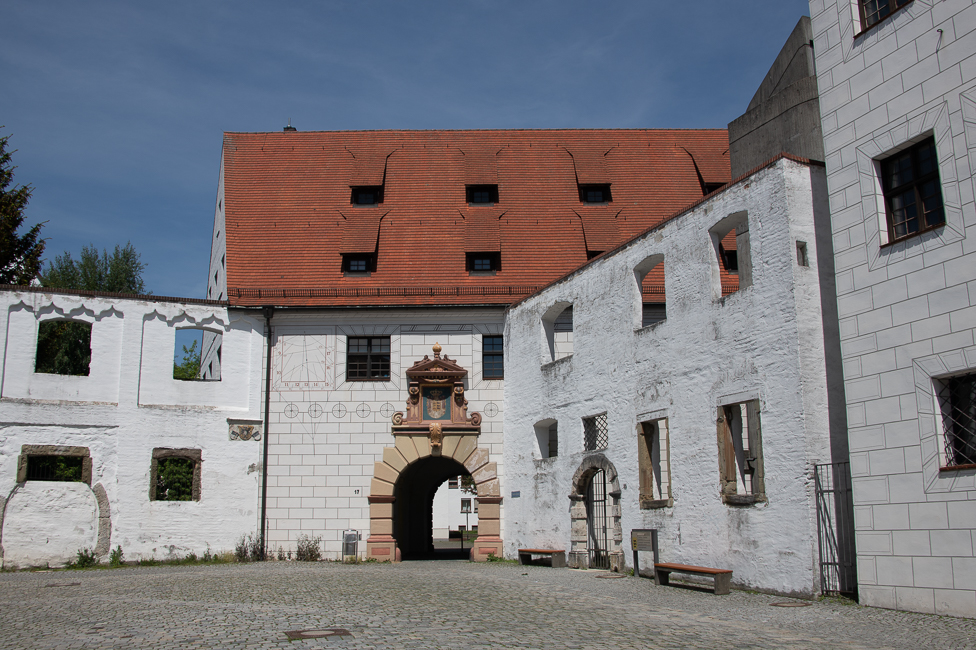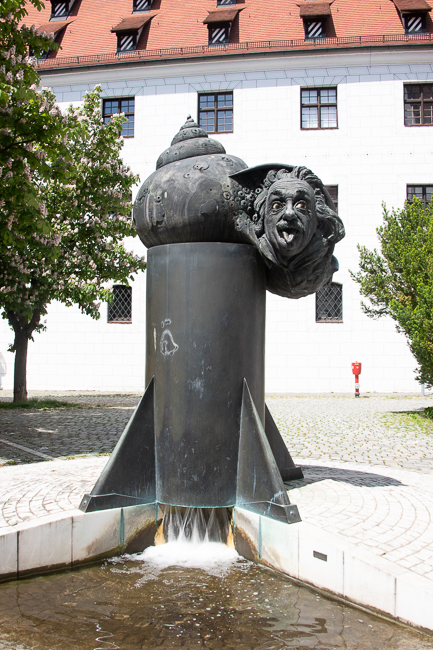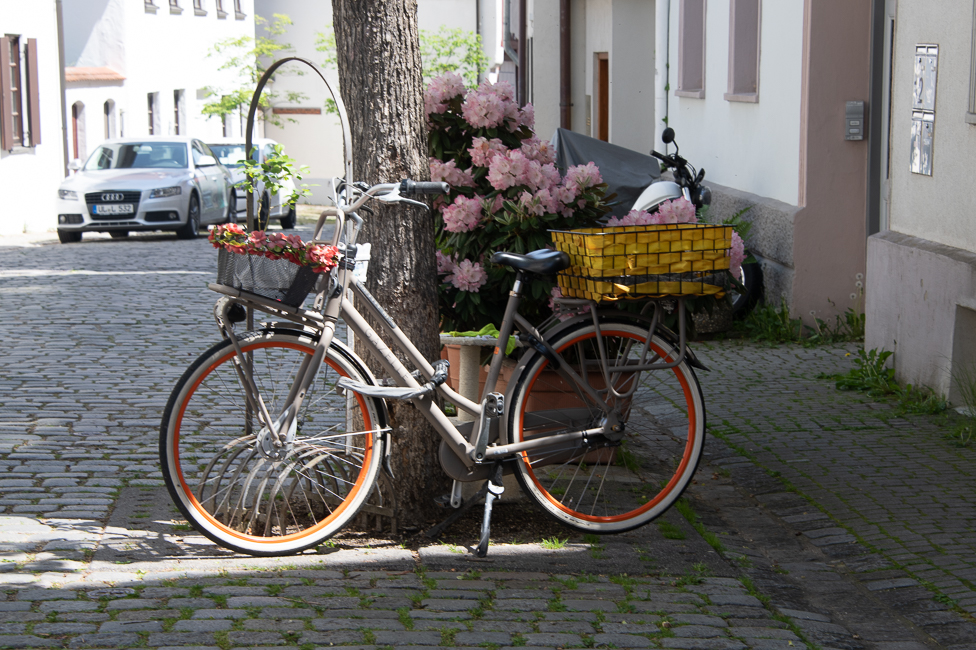May 2022
The city of Ulm was founded in 850, it is a small city with a population of just 126,000, and is the home of Ulm University.
In the wars following the French Revolution, the city was alternately occupied by French and Austrian forces, with the former ones destroying the city fortifications.
There was only one RAF strategic bombing during World War II against Ulm in December 1944. The aim was two truck factories and other strategic sites. The raid left 80% of the medieval city center in ruins.
Most of the city was rebuilt in the a more plain and simple style of the older houses in the 1950s and 1960s.
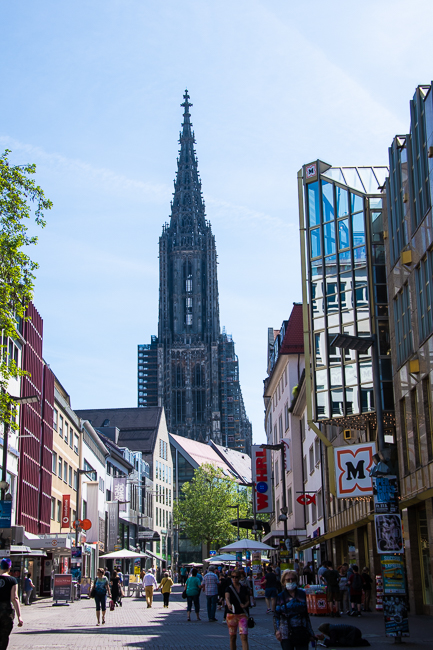 The primary reason for visiting is the Lutheran church, Ulm Minster. It is currently the tallest church in the world and will likely remain so until the eventual completion of Sagrada Familia in Barcelona. The church is the fifth-tallest structure built before the 20th century, with a steeple measuring 530 feet.
The primary reason for visiting is the Lutheran church, Ulm Minster. It is currently the tallest church in the world and will likely remain so until the eventual completion of Sagrada Familia in Barcelona. The church is the fifth-tallest structure built before the 20th century, with a steeple measuring 530 feet.
Ulm Minster was begun in the Gothic architecture period of the Late Middle Ages but the building was not completed until the late 19th century after periods of no construction that lasted centuries. The church was barely damaged during the WWII bombing.
Dating back to the early 14th century, is the Zeughaus (Arsenal), tucked into a small corner of town. It underwent significant expansion in the 16th and 17th centuries, what drew me to the site was the Renaissance and baroque motifs on the portals. It was damaged during WWII.
Einstein was born in Ulm in 1879, although he left when he was one. This Einstein fountain, found right next to the arsenal is by Jürgen Goertz and it was erected in 1984. The story goes that the rocket represents technology, particularly the scientist’s legacies involving spacetime and atomic theory. The snail shell symbolizes nature and wisdom. And Einsteins silly expression shows his whimsical side.
Ulm has a fascinating history and a deep dive would reveal so much more than I was able to see on the short 3 hours I had the pleasure of spending there.
